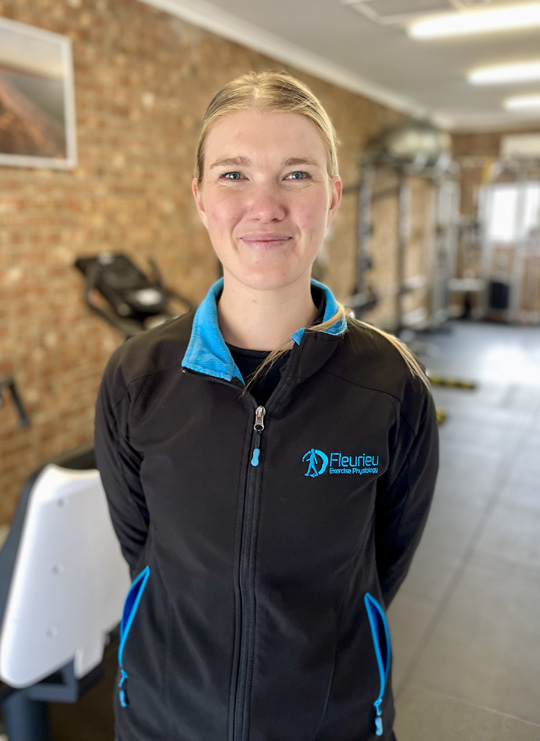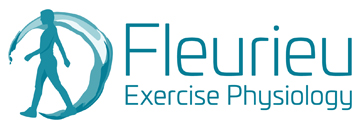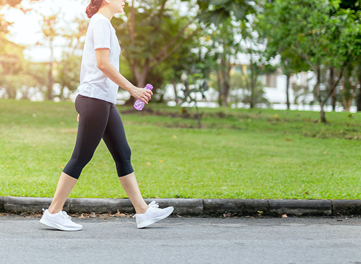
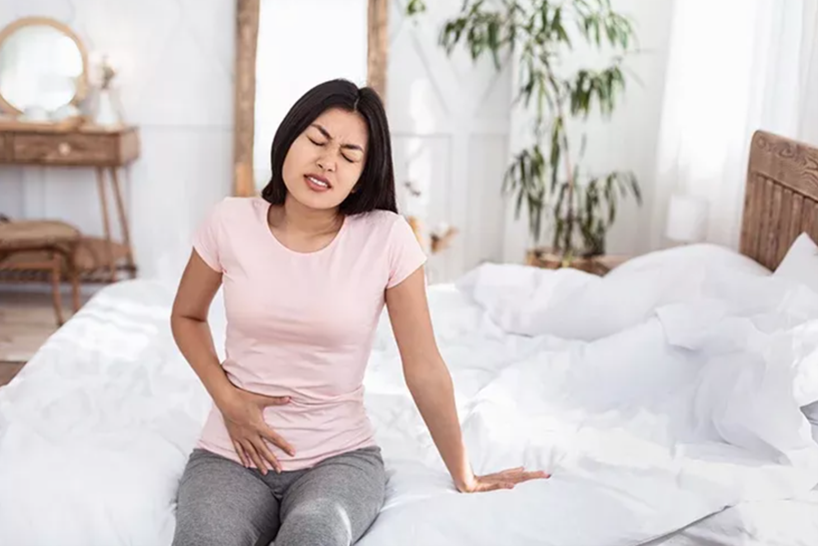
What is endometriosis?
Endometriosis is a gynaecological condition where endometrial or abnormal tissue begins to grow outside or around the uterus and pelvis. Endometriosis is a complex condition which can cause a range of symptoms including inflammation, pelvic pain, cramping, infertility, bloating and much more.
Unfortunately, researchers are still unsure what causes this tissue to grow, but it is linked to a hormone our body produces called oestrogen. Whilst there is no cure for endometriosis, surgery and exercise can help to manage the symptoms.
The endo experience:
Endometriosis does not look the same for everyone. It is a highly individualised disease and therefore management options also need to be individualised and tailored to individual symptoms, stage of treatment, stage of diagnosis and goals. Therefore, it is important to seek out health professionals who are trained in endometriosis and women’s health conditions who understand the condition and can appropriately support you and your condition.
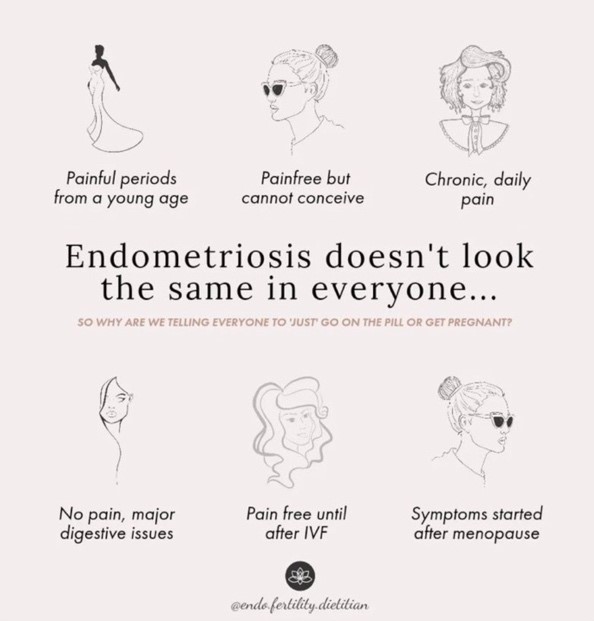
Why exercise is recommended?
Starting exercise following surgery can be daunting but exercise can protect the body against inflammatory disease like endometriosis. Exercise can also help many the symptoms of endometriosis such as;
- Improving endometriosis related fatigue by improving sleep quality.
- Increasing energy and motivation
- Reducing some gastrointestinal symptoms.
- Strengthening your pelvic floor
- Reducing joint, muscle, back and some pelvic pain
- Improving pelvic tightness and prevents pelvic guarding
- Complementing endometriosis medications and recovery from surgery
- Reducing endometriosis related stress by regulating the nervous system
- Increasing inflammation fighter cells to reduce pelvic inflammation
- Decreasing oestrogen levels.
- Helping emotional wellbeing and self-confidence
How do I start?
It is important that the type of exercise is something that you enjoy and does not exacerbate your pain or symptoms. Research shows us that it is important to pick types of exercise that you enjoy, improve motivation, and provide moments of joy which can also act as a pain reliever. It is important to speak to a qualified health professional who can modify or adjust your exercise habits appropriately.
Prolonged rest does unfortunately not help with chronic and persistent pain as it leads to reductions in muscle capacity which can make it harder and sometimes more painful to move or start moving. If you are wanting to return to exercise or movement following surgery, for the first time or after an extended break, it is important to take things slow and pace yourself. It is important to also set realistic goals for where you would like to be and then take steps to slowly build up to your goals.
Exercise with endometriosis may also mean that your exercise or movement may look different week to week depending on your symptoms and cycle (if you have one). It is important to know when to listen to your body and opt for gentle movement and to understand when you may be able to push yourself a bit further without exacerbating symptoms. If you need help or are unsure where to start it is important talk to a exercise physiologist who can help support you, implement strategies and keep moving through life.
Want to learn more even about endometriosis and exercise? Call us on 0423 085 884 or send an email through admin@fleurieuep.com.au to see how we can help.
Author: Maddie Warner, Accredited Exercise Physiologist
